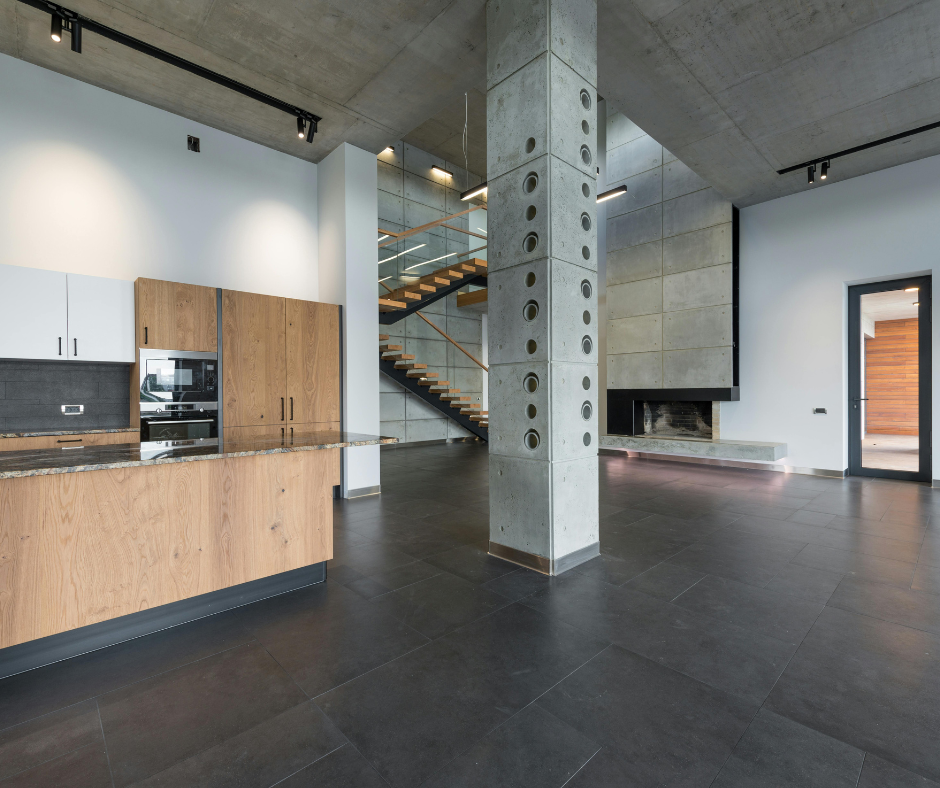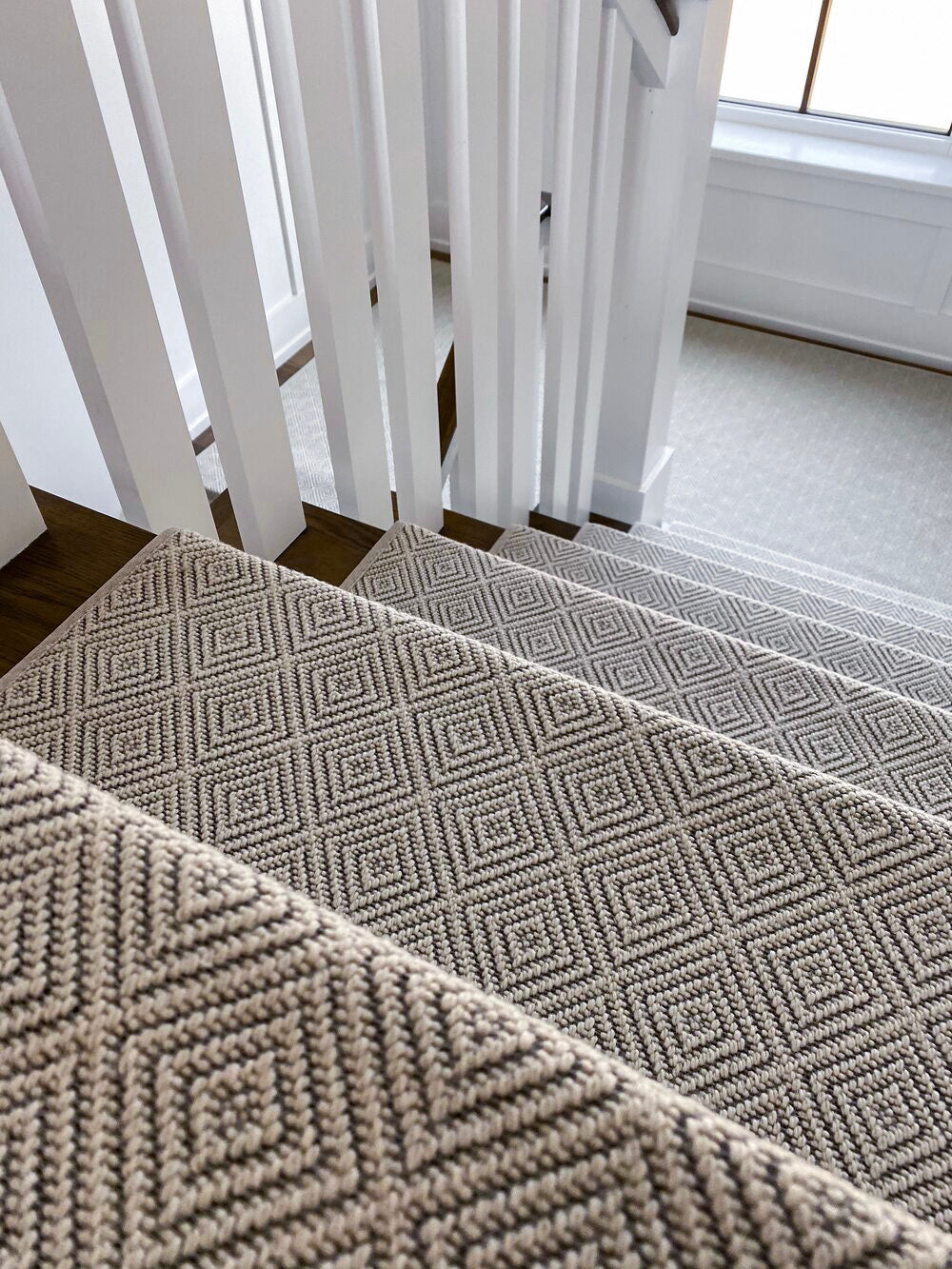Floating stairs are supported through innovative engineering that hides their structural elements, making the steps appear to float.
They are commonly built using methods like hidden stringers or cantilevered treads, creating both stability and style.
Whether paired with carpet stair landings or left bare, floating stairs add a touch of modern luxury to any home.
If you’ve ever been captivated by their sleek design, you might wonder: how are floating stairs supported?
Let’s uncover the fascinating mechanics behind this architectural marvel.
How Do Hidden Stringers Support Floating Stairs?
Hidden stringers are like the unsung heroes of floating stairs.
Concealed within walls or floors, these beams carry the weight of each step, keeping everything secure and stable without detracting from the design.
Picture this: a strong steel beam hidden in the wall, holding each wooden tread firmly while staying completely out of sight.
This method is often used in the construction of floating wood stairs to maintain a clean, seamless look.
What Are Cantilevered Treads?
Cantilevered treads create an even more dramatic effect.
Each step is anchored into a load-bearing wall, appearing to extend outward with no visible support.
This design relies on hidden steel brackets or frames to distribute weight safely.
For floating wood stairs, cantilevered treads add a touch of natural warmth while maintaining their sleek, modern style.
They work particularly well in open-concept homes where clean lines are a priority.
How Does a Central Spine Support Floating Stairs?
A central spine is another popular way to support floating stairs.
Think of it as the backbone of the staircase, with a single steel or wooden beam running underneath the steps.
This design balances strength and simplicity.
For those exploring the cost of floating wood stairs, a central spine can be a more economical option without sacrificing aesthetic appeal.
What Safety Factors Should You Consider?
While floating stairs may look delicate, their designs are grounded in safety.
Key considerations include:
- Building Codes: Floating stairs must meet regulations for weight capacity and step dimensions.
- Material Selection: Durable materials like steel, tempered glass, or reinforced wood keep the structure secure.
- Railing Options: Open designs are common, but safety railings can be added without compromising style.
What Does the Construction of Floating Wood Stairs Involve?
The construction of floating wood stairs combines craftsmanship and precision.
The process typically includes:
- Designing the Framework: Customized plans based on the home’s layout and style preferences.
- Installing Supports: Whether using hidden stringers, cantilevered treads, or a central spine, the support system is installed first.
- Securing Treads: Wooden treads are carefully mounted to blend durability and design.
This detailed process ensures your staircase isn’t just functional but also a stunning focal point in your home.
How Much Do Floating Wood Stairs Cost?
Floating wood stairs typically cost between $10,000 and $30,000 or more, depending on factors like materials, design complexity, and support systems.
Custom options, such as unique wood finishes or added railings, may influence the final price.
For many homeowners, this investment is well worth the added style and sophistication.
Steps to Success
Floating stairs are the perfect marriage of style and engineering.
With options like hidden stringers, cantilevered treads, or central spines, they offer flexibility for different spaces and designs.
Whether you’re drawn to the warmth of floating wood stairs or the bold look of glass treads, these staircases make a stunning addition to any home.
By focusing on the right design and working with skilled professionals, you’ll create a staircase that’s not just functional but also a true work of art.



